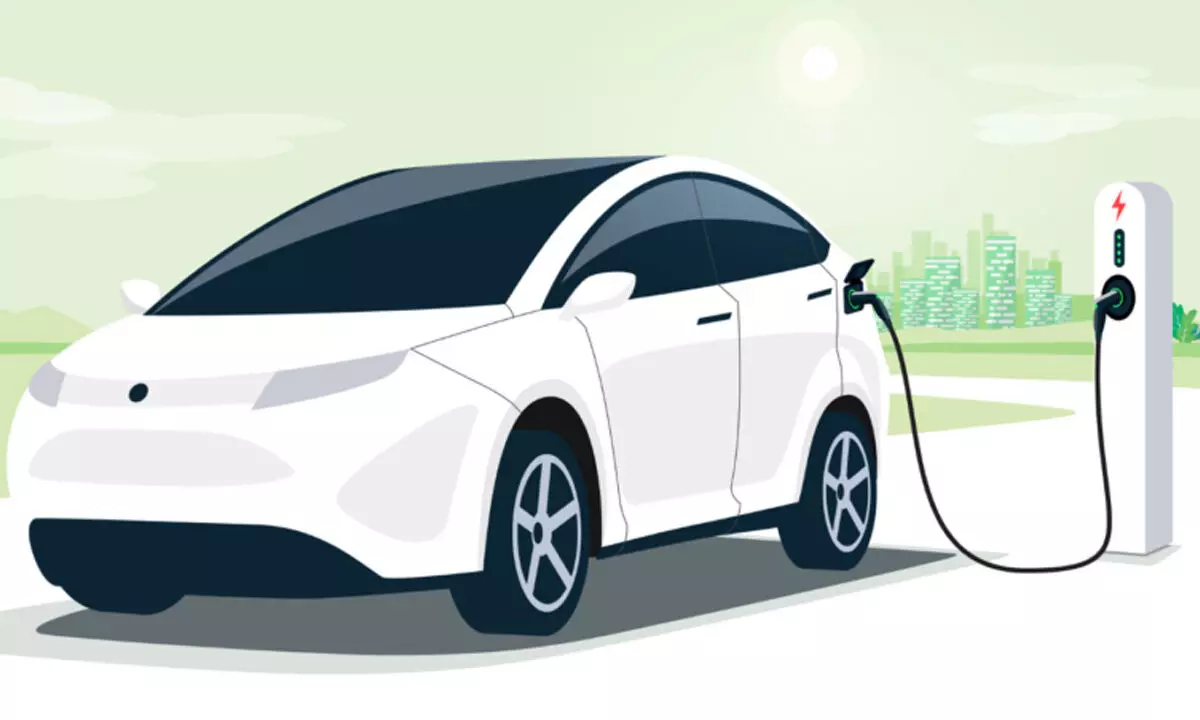The Sustainable Future of Electric Vehicles: Driving Towards a Greener World
The Sustainable Future of Electric Vehicles: Driving Towards a Greener World
Introduction
In recent years, the rise of electric vehicles (EVs) has been remarkable, signaling a paradigm shift in the automotive industry. As concerns about climate change and environmental degradation grow, EVs have emerged as a promising solution to reduce carbon emissions and foster a more sustainable future. This blog explores the sustainability of electric vehicles, examining their environmental benefits, technological advancements, and the challenges they face in achieving widespread adoption.
Environmental Benefits of Electric Vehicles
1. Reduced Emissions: One of the most significant advantages of EVs is their ability to reduce greenhouse gas emissions. Unlike internal combustion engines, which rely on fossil fuels, EVs operate on electricity. As the electricity grid becomes cleaner with the integration of renewable energy sources, the emissions associated with charging EVs decrease further.
2. Air Quality Improvement: Electric vehicles contribute to improving air quality by eliminating tailpipe emissions, such as nitrogen oxides (NOx) and particulate matter. These emissions are major contributors to smog, respiratory diseases, and overall air pollution in urban areas. By transitioning to EVs, we can mitigate these harmful effects and create healthier living environments.
3. Renewable Energy Synergy: EVs can also facilitate the integration of renewable energy sources into the power grid. By utilizing smart charging infrastructure, EVs can be charged during periods of high renewable energy generation, reducing the reliance on non-renewable sources and maximizing the utilization of clean energy.
Technological Advancements Driving Sustainability
1. Battery Technology: The sustainability of electric vehicles heavily relies on the development of advanced battery technologies. Significant progress has been made in recent years, leading to increased energy storage capacity, longer driving ranges, and reduced costs. Ongoing research and development aim to enhance battery efficiency, recyclability, and reduce the reliance on rare and environmentally harmful materials.
2. Charging Infrastructure: The availability of a robust charging infrastructure is essential for the widespread adoption of EVs. Governments and private enterprises are investing in the expansion of charging networks, including fast-charging stations, to provide convenience and reliability for EV owners. Moreover, innovative solutions like wireless charging and vehicle-to-grid systems are being explored to further enhance the sustainability and functionality of EVs.
3. Lifecycle Assessment: Evaluating the environmental impact of EVs requires considering their entire lifecycle, from raw material extraction and manufacturing to operation and end-of-life management. Comprehensive lifecycle assessments help identify areas for improvement and promote the adoption of sustainable practices throughout the supply chain, including responsible sourcing of materials and efficient recycling processes.
Challenges and the Path Forward
1. Range Anxiety: Despite significant advancements, the limited driving range of some EV models and the availability of charging infrastructure can create range anxiety among potential buyers. Continued investment in battery technology and the expansion of charging networks are crucial to alleviate these concerns and increase consumer confidence in EVs.
2. Sustainable Materials: The production of EVs requires various materials, including rare earth elements, lithium, and cobalt. The responsible sourcing and management of these materials pose challenges to ensure social and environmental sustainability. Developing recycling systems and exploring alternative materials can reduce the industry's reliance on scarce resources and minimize the ecological footprint of EVs.
3. Grid Integration: As the number of EVs on the roads increases, grid integration becomes critical to manage the increased electricity demand. Balancing charging patterns, optimizing energy distribution, and implementing smart grid solutions can help minimize the strain on the power grid and maximize the utilization of renewable energy sources.
Conclusion
Electric vehicles hold immense potential in driving us towards a sustainable future by significantly reducing carbon emissions, improving air quality, and fostering renewable energy integration. With ongoing technological advancements, including battery improvements and charging infrastructure expansion, the feasibility and appeal of EVs continue to grow. However, addressing challenges related to range anxiety

Comments
Post a Comment